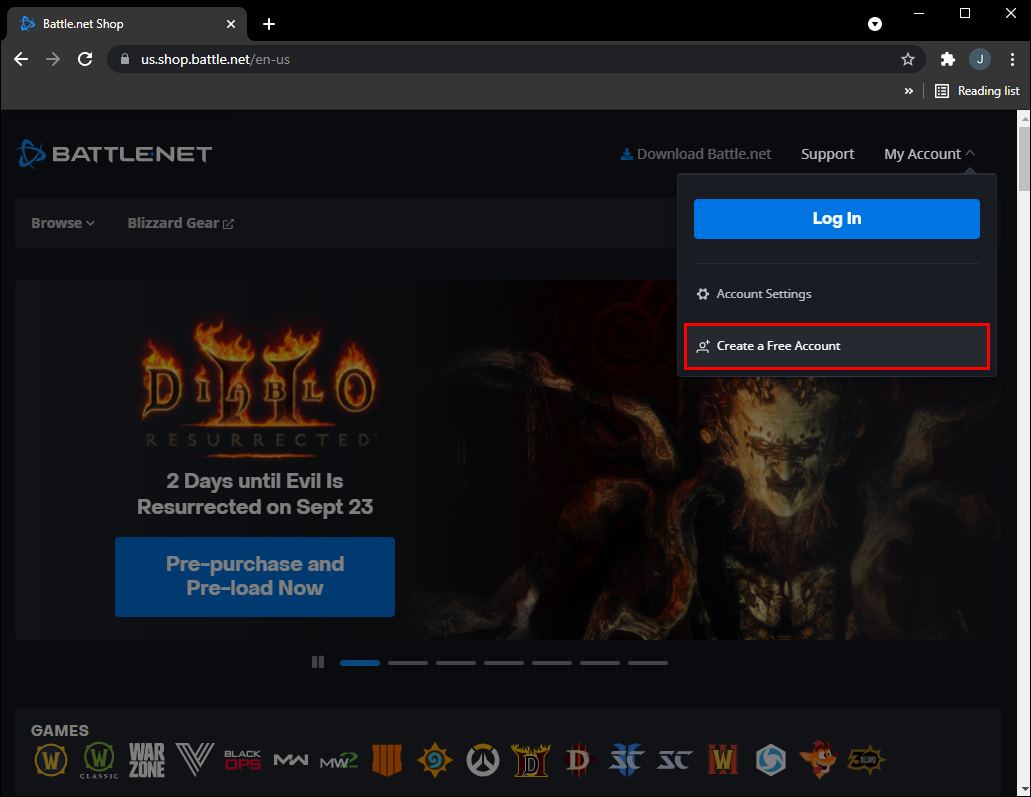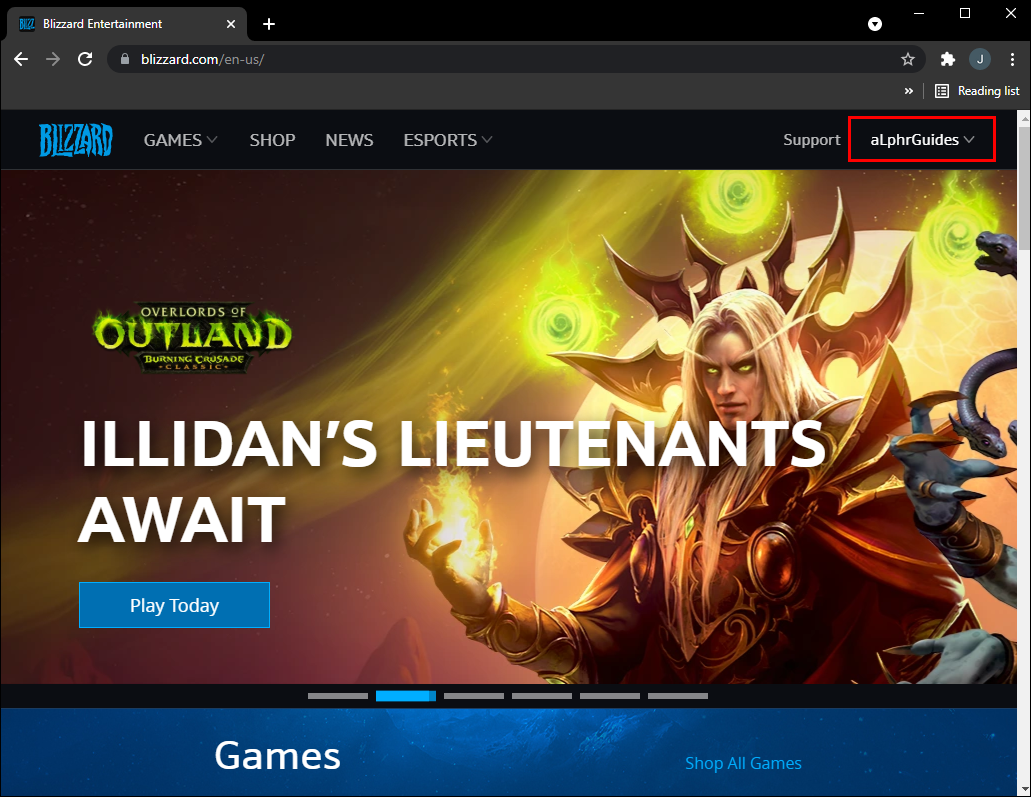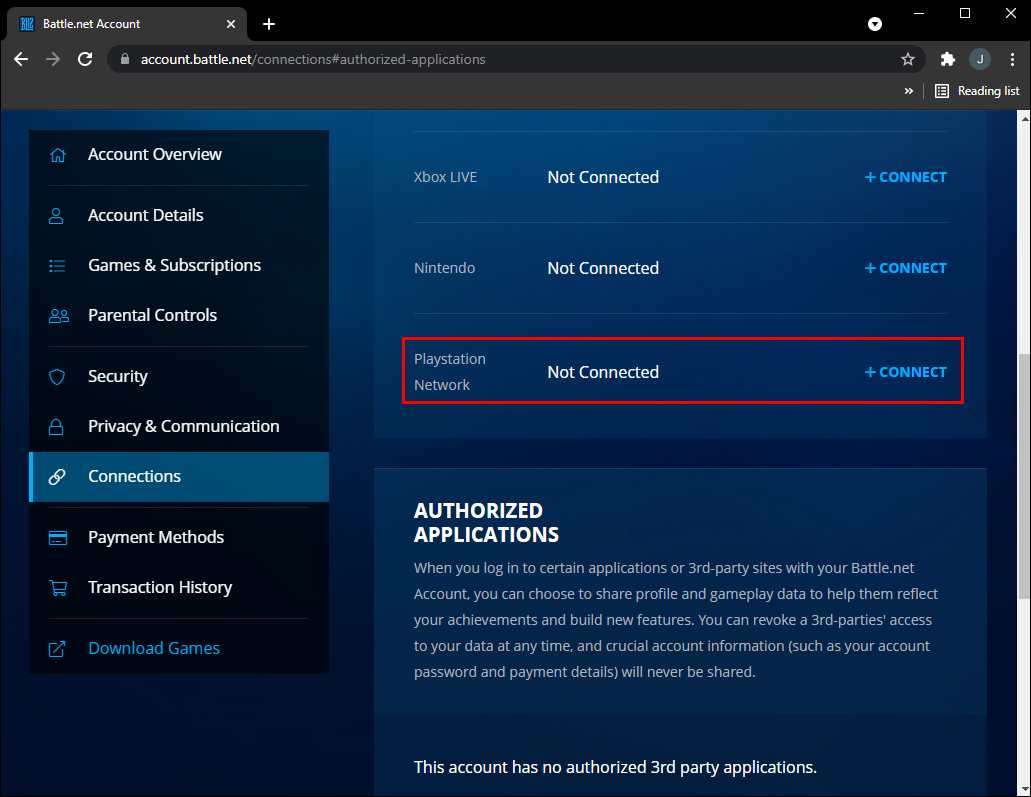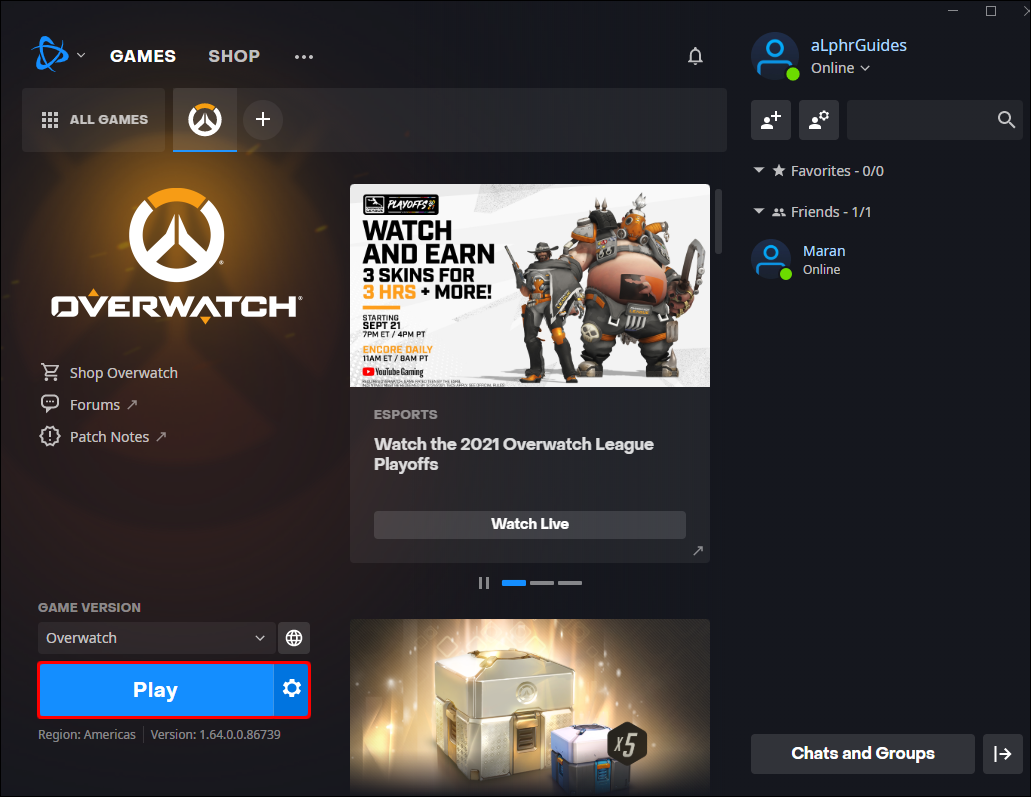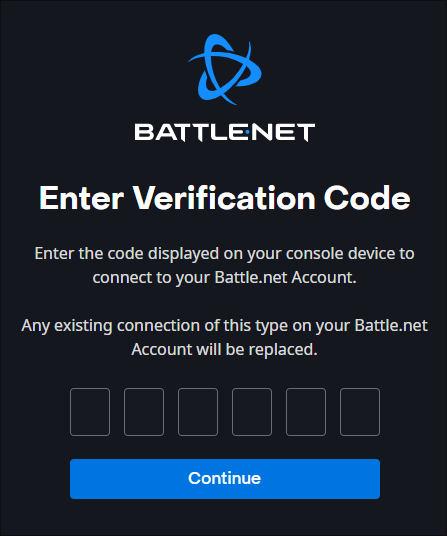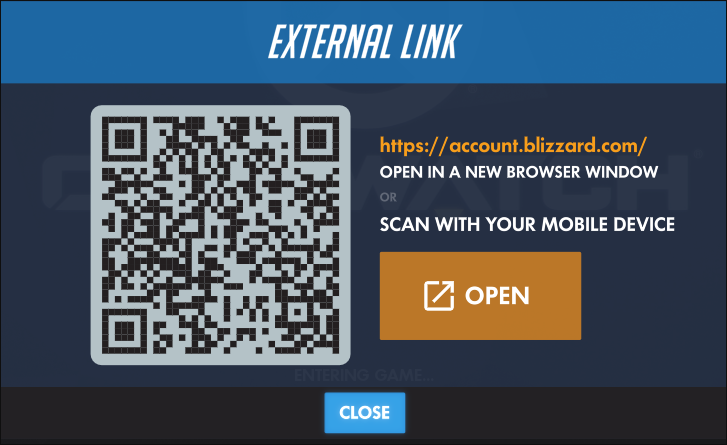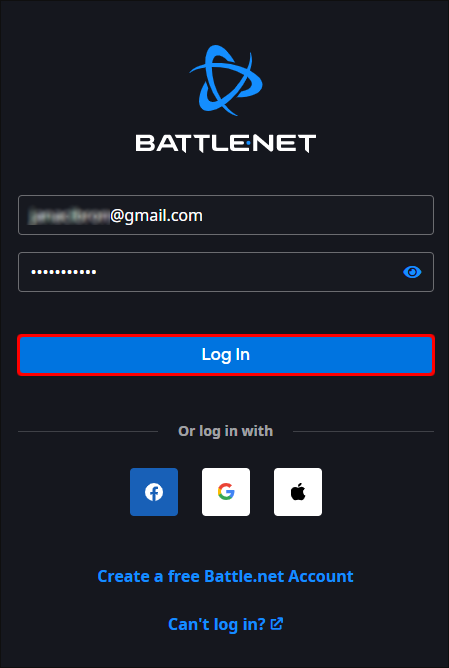Many online multiplayer titles have cross-play, a feature that allows players on various platforms to play in the same matches. Unfortunately, Overwatch did not launch with cross-platform compatibility in 2016. However, this changed in 2021 when Blizzard finally listened to the player base and implemented cross-play for all.
Before you can hop on to Overwatch on PC and play with your Nintendo Switch friends, you’ll have to enable cross-play first. No one has it on by default. Keep on reading to find out how.
How to Join Overwatch Cross-Pla
While Cross-play Beta has ended, you can still use similar steps to enable cross-play on your console. PC players already have a Battle.net account, which makes the process easier. Those who play on consoles must take the following steps:
- Head to Battle.net.

- Create a free account.

- At the top-right corner, click on your account username.

- Pick “Account Settings” from the menu.

- Select “Connections.”

- You’ll see a list pop up, and you can pick the console account you wish to link to Battle.net.

Next, you have to head into your game on your console. Here’s what will happen:
- Launch the game on your system

- Press the confirmation button to progress through the Overwatch welcome screen

- You will be presented with an alpha-numeric code and a QR code
- The alpha-numeric code can be entered at blizzard.com/link

- The QR code may be scanned with a mobile app to take you to the linking webpage, which will be pre-populated with the code provided in-game

- The alpha-numeric code can be entered at blizzard.com/link
- Log in with your Battle.net account credentials to finalize the connection between your console game and Battle.net accounts

- You will receive a message in-game that notifies that your account is now successfully connected
Even if you don’t want to enable cross-play, all players must register for an account in the future.
For the most part, all console players can play with each other and PC players. Other than Competitive matches, you can play with everyone who opts for cross-play.
For Competitive matches, PC players will only fight fellow PC players. Consoles will also only match against other console players. There is no exception to this rule, which serves to allow for fair competition and play.
Regardless of the Competitive game status, PC players and console users can still duke it out against each other in lobbies. However, console players won’t be able to rely on aim-assist.
Aim-assist is beneficial for controller users, who lack the precision mouse and keyboards offer. It helps them lock onto targets easier, but in the context of mixed lobbies, aim-assist can be seen as an unfair advantage to PC players who aim and shoot without assistance. Thus, Blizzard intends to foster an unbiased and neutral environment of skill and fun.
Cross-Progression
Sadly, Overwatch will not feature cross-progression. You can play the game on any console or PC you wish, but none of them will be at the same progress between platforms.
When the cross-play functionality went live on June 22, players received a Golden Loot Box. Any platform associated with Battle.net will receive one if it’s legitimately connected to the account. However, progress between platforms, even though they share the same account, will remain the same.
Competitive Leaderboards
In Overwatch, casual players only want to play for fun, but others prefer the exciting and raw Competitive mode. To allow competitive Overwatch fans to prove themselves, Blizzard implemented a leaderboard system.
Leaderboards will contain the top 500 players globally, and after the release of cross-play, there are more categories. Initially, there were only two of them, one for PC and another for consoles.
There will be one leaderboard for cross-play-enabled players and a separate one for those who prefer to fight with others on their platforms.
Controllers, Mice, and Keyboards
While cross-play allows more people to play with one another, Competitive modes also have limitations on controllers.
Some prefer using a controller on a PC, while others use a mouse and keyboard on their consoles.
For PC players using a controller, they will only match with other PC players. As Overwatch on PC doesn’t have any aim-assist, this is purely down to personal preference.
Console players who use a mouse and keyboard won’t match other console players if they play in Competitive games. They can play with players using controllers on PC in non-Competitive game modes while mouse and keyboard console players will match with PC players.
Can I Disable Cross-Play?
Yes, you can disable cross-play if you prefer to. You can head to your Xbox’s native settings to disable it. Alternatively, the game allows you to toggle it on or off if you want to keep cross-play on for other games. Other consoles may not have the first option, making the second one more viable.
Disabling it will likely increase your queue times compared to players enabling cross-play. The longer times are likely due to most players embracing the new feature and few opting out. Cross-play is also turned on by default.
We Can Finally Play Together
After years of begging, Overwatch players and fans finally had their wish granted. Today, you can register and start playing with anyone on any platform. It’s time to queue up with more match choices in the lobbies.
What platform do you primarily play Overwatch on? Do you think cross-play is a long-overdue feature? Let us know in the comments section below.
Disclaimer: Some pages on this site may include an affiliate link. This does not effect our editorial in any way.
